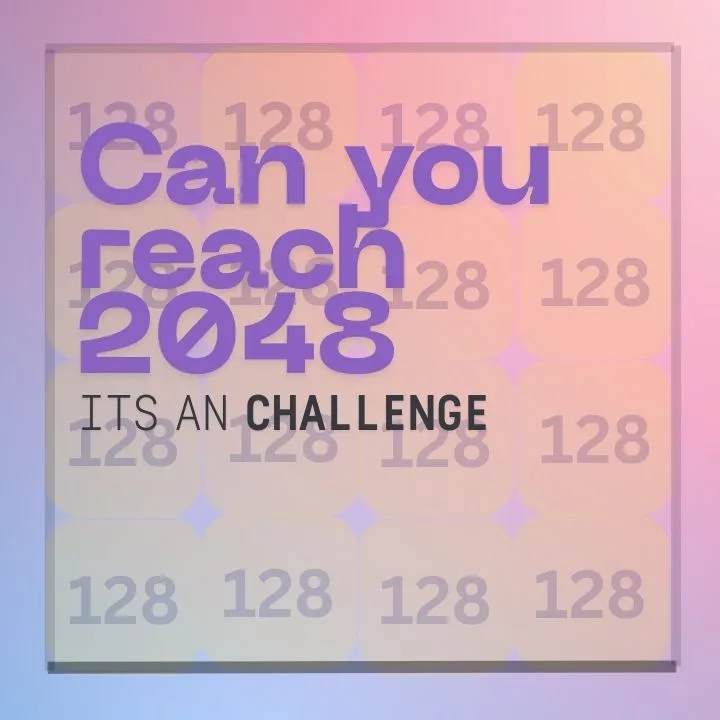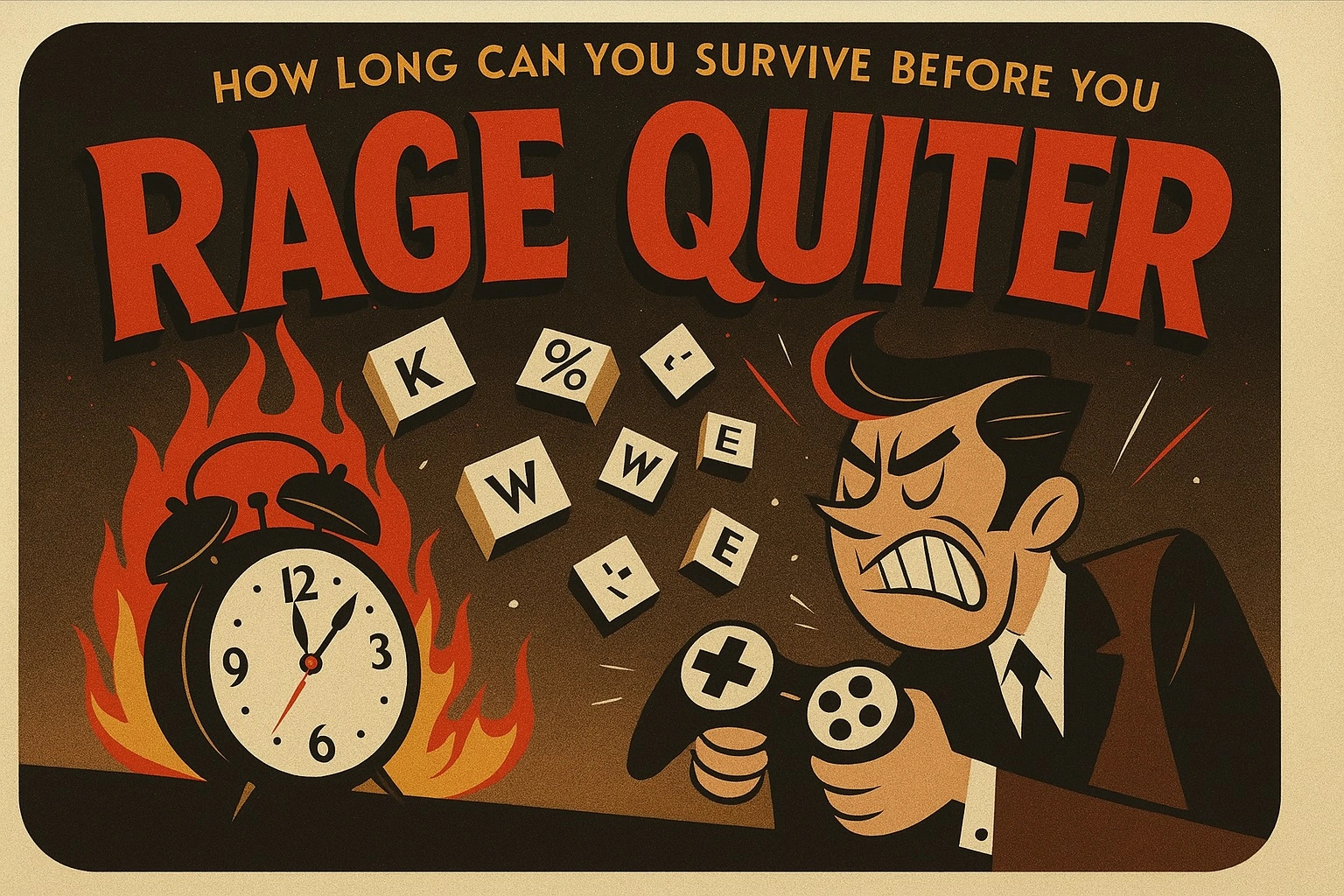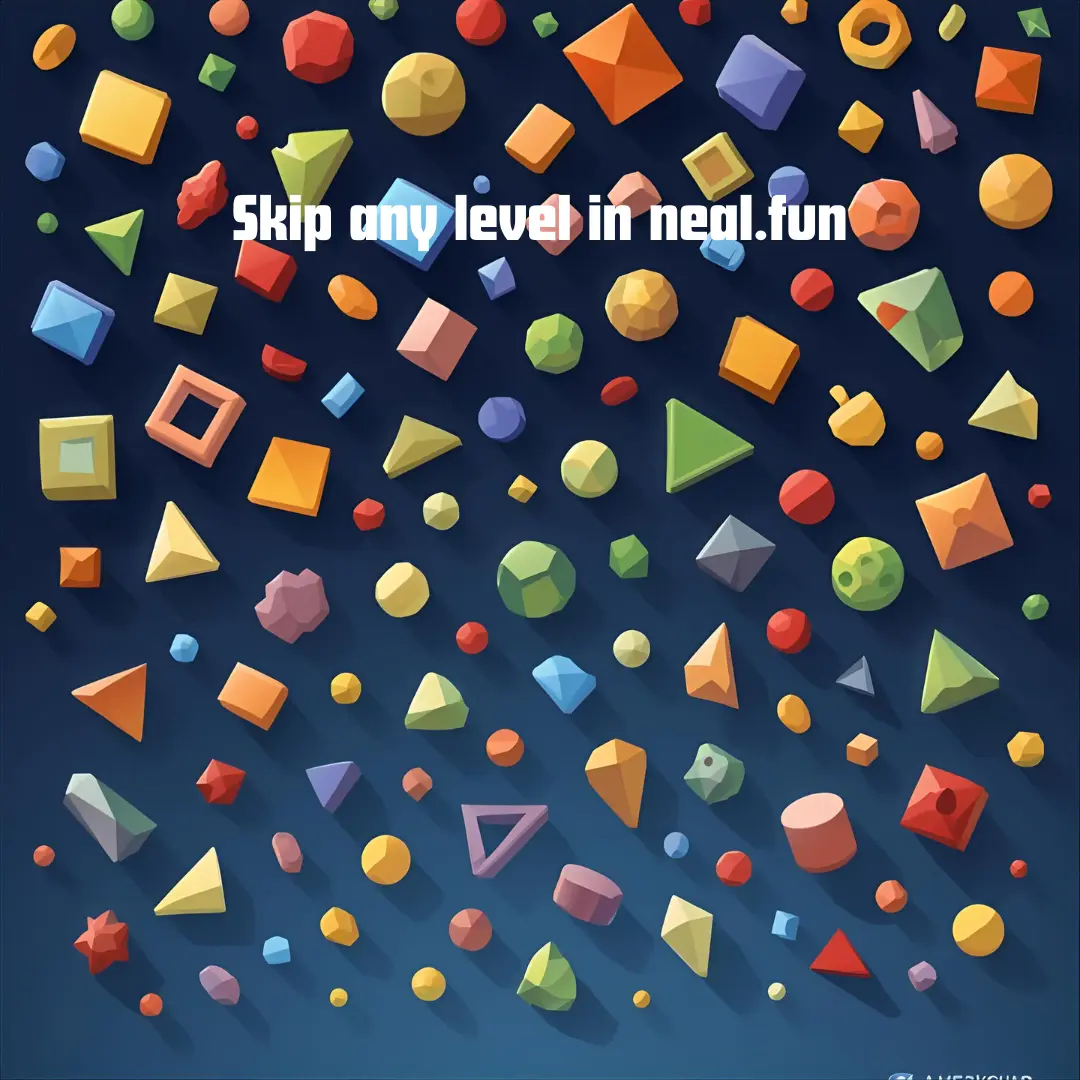Tools & Games

2048
Classic number puzzle game where you combine tiles to reach 2048.

Rage Quiter
Exciting game to test your reflexes and patience.

Playground
A fun interactive space for experimenting and small games.

IP Tool
Quickly check your public IP address and related info.
Dyesel
Lightweight offline Windows web server to run servers from a local folder.





